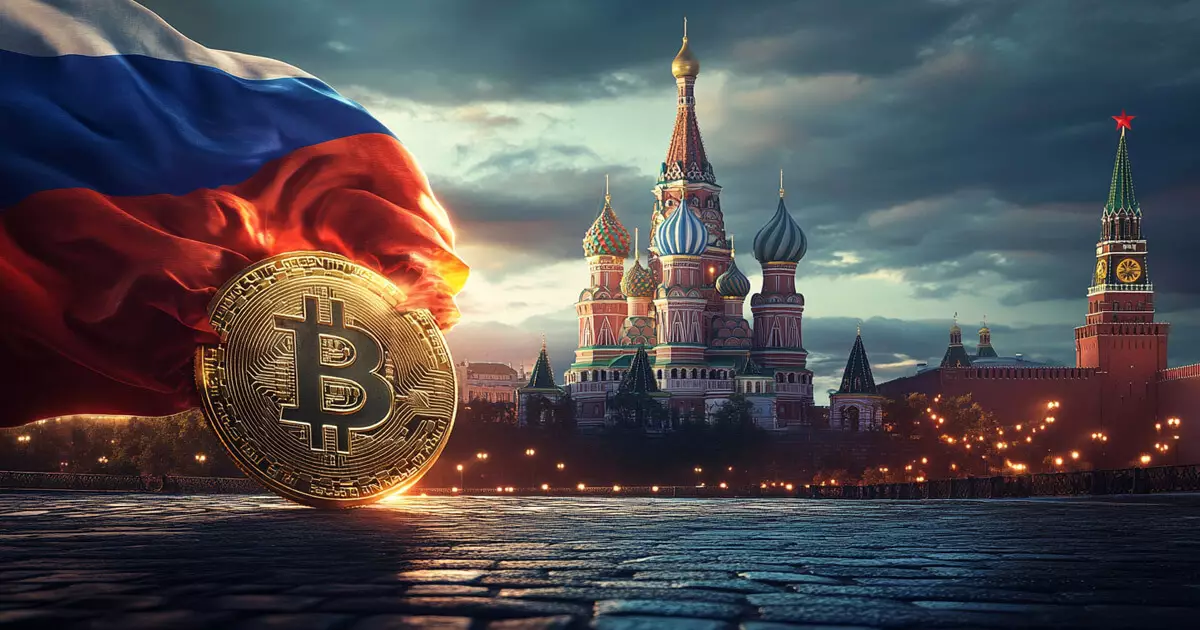Russia is allegedly in the process of setting up two cryptocurrency exchanges to facilitate foreign economic activities. These proposed exchanges will be located in Moscow and St. Petersburg, serving as hubs for international trade. According to Mikhail Uspensky, a member of the State Duma’s legislative committee on crypto regulation, these exchanges will at first be accessible to a limited number of users. However, the goal is to eventually make them available to major firms, such as exporters and importers in the country. Unfortunately, small and medium-sized businesses, as well as individuals, may not have immediate access to these exchanges. Uspensky emphasized that the future of this experiment is entirely dependent on the regulator.
To support this initiative, Russia is also planning on issuing stablecoins pegged to the Chinese yuan and the BRICS currency basket. BRICS is a group that includes Brazil, Russia, India, China, South Africa, Iran, Egypt, Ethiopia, and the United Arab Emirates. The group’s objective is to unite the world’s leading developing nations to challenge the economic and political influence of wealthier countries. The stablecoin pegged to the yuan aims to reduce dependence on the US Dollar and enhance trade agreements among BRICS member states. This move follows a statement by Russia’s Deputy Foreign Minister, Sergei Ryabkov, indicating that BRICS nations were exploring the use of stablecoins for financial and trade transactions.
These developments demonstrate Russia’s increased interest in cryptocurrencies, especially after facing economic sanctions due to its invasion of Ukraine. Previously, Russia had been cautious about the emerging industry. Nonetheless, they have made significant progress towards embracing it this year. The Russian State Duma recently passed a bill legalizing Bitcoin mining and is also considering the legalization of stablecoins for international payments. Furthermore, Russia has plans to promote the use of the Russian Ruble central bank digital currency (CBDC), indicating a significant shift in their approach to cryptocurrencies.
Overall, Russia’s exploration of crypto exchanges and stablecoins for international trade highlights the country’s efforts to adapt to the changing economic landscape and reduce reliance on traditional financial systems. The development of these exchanges and stablecoins could potentially open up new opportunities for businesses and enhance trade relationships with other nations. Russia’s evolving stance on cryptocurrencies is a clear indication of their willingness to embrace innovation and technology in the financial sector.

